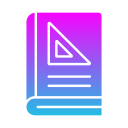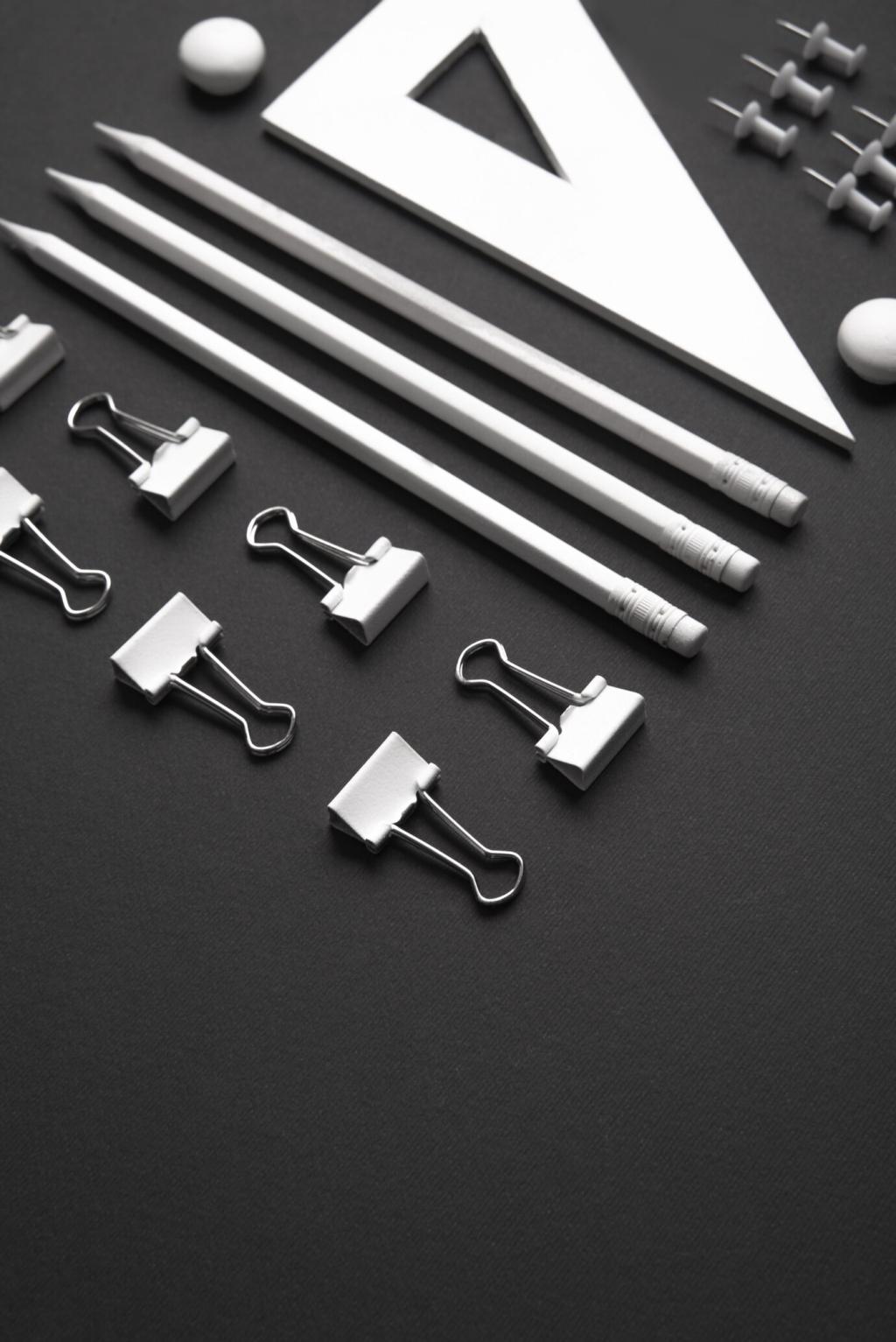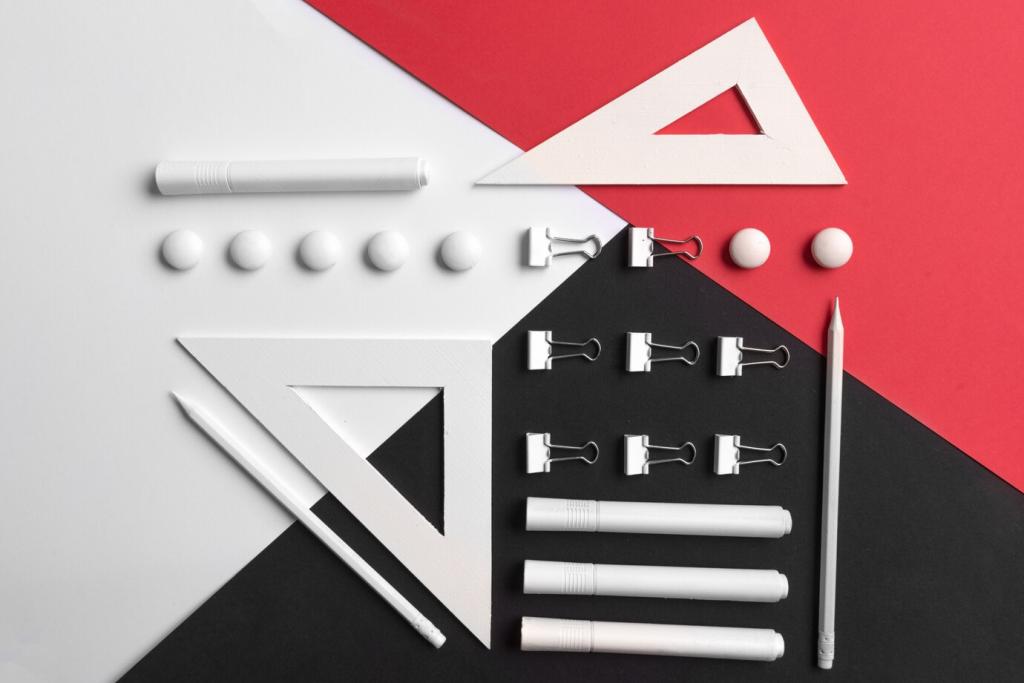Planning Tests That Reveal the Truth
Write hypotheses like engineering tickets: clear and falsifiable. Example: “First-time users can complete onboarding under three minutes without help.” Plan tasks that probe this directly. Avoid overstuffed agendas. If you test everything, you learn nothing deeply. Comment with one hypothesis you will test this sprint.
Planning Tests That Reveal the Truth
Match prototype fidelity to your learning goal. Low-fidelity for flow and concept; mid-fidelity for navigation and hierarchy; high-fidelity for copy, timing, and motion. In mobile, motion matters—transitions imply meaning. Test tap targets, thumb reach, and haptics when fidelity permits. Which fidelity do you use most often, and why?





